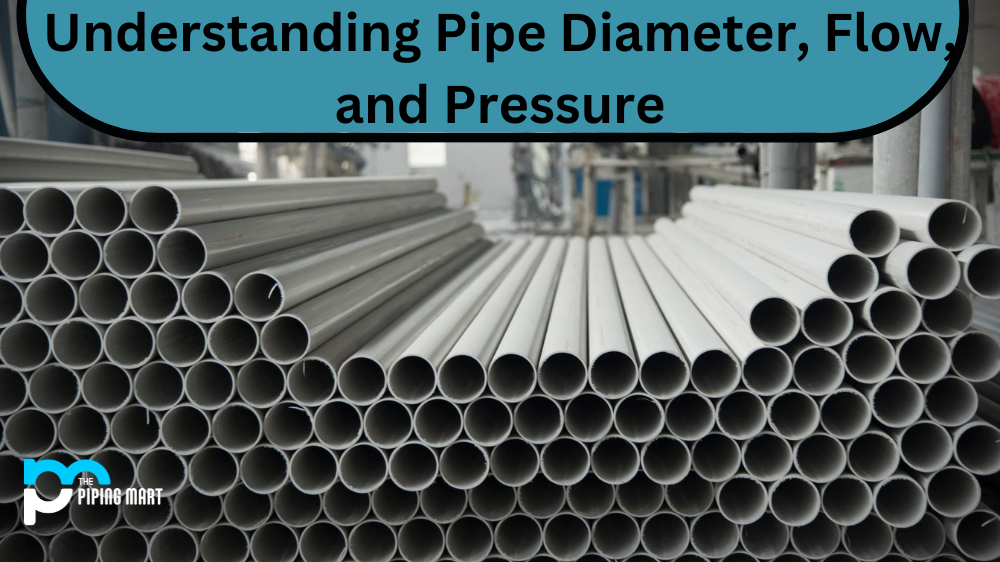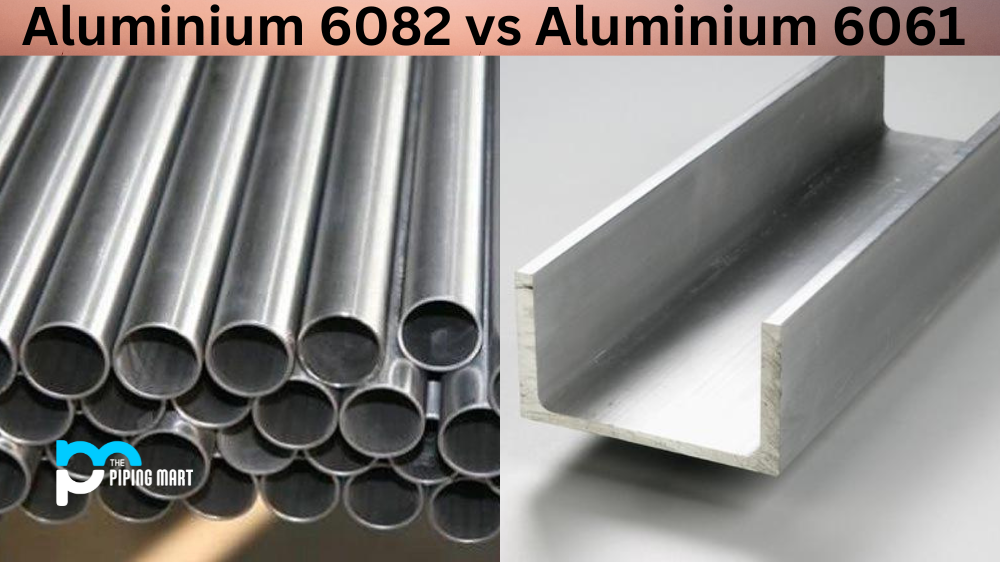Pipes are used in many plumbing systems to transport water from one location to another. But did you know that the size of a pipe can have an impact on its flow and pressure? In this blog post, we’ll break down the differences between pipe diameter, flow, and pressure so that you can understand how they are related.
Pipe Diameter
The size of a pipe is represented by its diameter—the distance across the pipe’s opening. The larger the diameter of a pipe, the more water it can hold at any given time. The larger pipes also create less resistance against the water flow, allowing for more efficient delivery of water throughout the system. However, pipes with large diameters require more energy to push water through them as they interfere with air pressure within the pipes.
Flow
Flow is defined as how much liquid passes through a certain area over a certain period of time. When it comes to plumbing, flow is measured in gallons per minute (GPM). A higher GPM means that more water is being pushed through the system in a shorter amount of time. Flow rate is affected by several factors including pipe diameter and length; however, it can also be affected by friction due to obstructions such as sharp turns or blockages in the pipes themselves.
Pressure
Pressure refers to how much force water has when it exits the end of a pipe. It is typically measured in pounds per square inch (PSI) or inches of mercury (inHg). Pressure can be increased by reducing drag or friction in pipes or increasing their internal volume. A higher PSI will provide better performance for your plumbing system since there will be more force behind each drop of water coming out of your faucets or showerheads. Many times, increasing pressure requires decreasing pipe diameter if there are already too many obstructions causing friction within your plumbing system.
Pipe Diameter vs Pressure vs Flow
Pipe diameter, pressure, and flow are an important trio when it comes to understanding how liquid will move from one place to another. Pipe Diameter is essential when evaluating the amount of pressure that needs to be applied for a certain flow rate. A larger pipe diameter allows more room for the liquid to travel and creates less resistance, allowing for a higher rate of flow with less pressure. On the other hand, a smaller pipe diameter offers much less opportunity for liquid flow at similar pressures but requires more pressure to achieve desired flux rates. And finally, Pressure can be used as an effective tool to control the rate of flow in a pipe no matter what size. Simply put, Pipe Diameter vs Pressure vs Flow is an intricate relationship that plays an important role in plumbing systems everywhere.
The Relationship Between Pipe Diameter and Flow Rate
The diameter of a pipe is one of the most important factors that determines the flow rate of fluid through the pipe. The larger the diameter of the pipe, the greater the flow rate. This is because a larger diameter pipe can carry more fluid than a smaller diameter pipe. Additionally, the diameter of the pipe also affects the pressure of the fluid. The larger the diameter of the pipe, the lower the pressure.
The Relationship Between Pipe Diameter and Pressure
As mentioned above, the diameter of a pipe also affects the pressure of fluid flowing through it. The larger the diameter of the pipe, the lower the pressure. This is because a larger diameter pipe has a greater cross-sectional area than a smaller diameter pipe. This means that there is more space for fluid to flow through the pipe, which reduces the pressure on the walls of the pipe.
The Relationship Between Flow Rate and Pressure
The flow rate of fluid through a pipe is also affected by its pressure. The higher the pressure, the higher the flow rate. This is because a high-pressure fluid will flow through a pipe more quickly than a low-pressure fluid. Additionally, a high-pressure fluid will also tend to push against obstacles in its path more forcefully than a low-pressure fluid.
Factors That Affect Pipe Diameter
There are several factors that can affect the diameter of a pipe. These include:
- The type of material that the pipe is made from: different materials have different diameters; for example, PVC pipes are typically narrower than metal pipes.
- The thickness of the material: thicker materials have wider diameters than thinner materials; for example, Schedule 40 PVC pipes are wider than Schedule 80 PVC pipes.
- The size of fittings: larger fittings have wider diameters than smaller fittings; for example, 3/4-inch fittings have wider diameters than 1/2-inch fittings.
- The length of thepipe: longer pipes have wider diameters than shorter pipes; for example, 10-foot pipes have wider diameters than 5-foot pipes
Conclusion:
In short, understanding how different sizes of pipes affect flow and pressure can help you make informed decisions about your plumbing needs. If you need help determining what size pipes would best suit your home or business’s needs, contact an experienced plumber who can provide advice on what type would work best for you and your budget! By taking into account factors such as pipe diameter, flow rate, and pressure when considering new plumbing installations or repairs, you can ensure that your home or business runs smoothly for years to come!

A passionate metal industry expert and blogger. With over 5 years of experience in the field, Palak brings a wealth of knowledge and insight to her writing. Whether discussing the latest trends in the metal industry or sharing tips, she is dedicated to helping others succeed in the metal industry.




